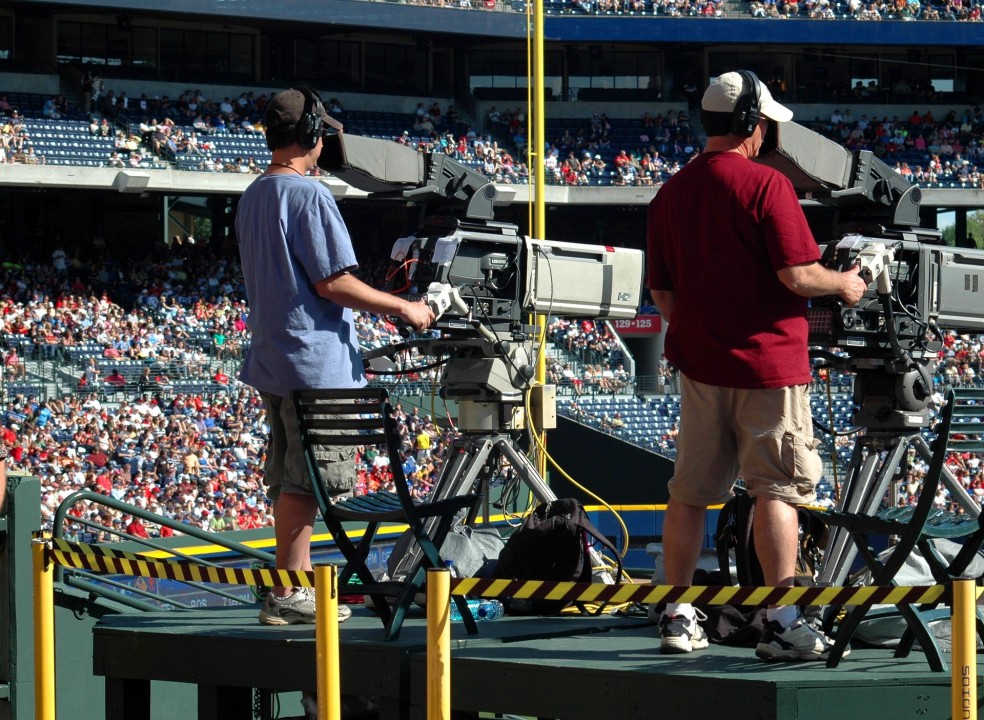In the dynamic realm of sports broadcasting, cameras serve as the conduits through which viewers are transported into the heart of the action, capturing the essence of athleticism, drama, and emotion that define sporting events. These technological marvels are not mere observers but active participants in the storytelling process, employing an array of techniques to engage audiences and enhance their viewing experience. From the grandeur of wide-angle shots to the intimacy of close-ups, each frame is meticulously composed to convey the intensity and excitement unfolding on the field, court, or track. At the heart of sports broadcasting lies the pursuit of capturing the big picture, the panoramic view that encapsulates the scale and magnitude of the event. Wide-angle shots, often captured from elevated positions or strategically placed drones, provide viewers with a sweeping vista of the stadium or arena, setting the stage for the spectacle about to unfold. These shots not only establish context but also emphasize the communal aspect of sports, showcasing throngs of passionate fans united in their support for their teams.

Yet, it is in the moments of individual brilliance and raw emotion that cameras truly shine, zooming in to reveal the nuances and intricacies of the game. Close-ups bring viewers up close and personal with the athletes, capturing the sweat on their brows, the determination in their eyes, and the elation or despair etched on their faces. Whether it is the euphoria of a last-second buzzer-beater or the agony of defeat written across a defeated athlete’s countenance, close-ups offer a window into the human drama that unfolds within the arena. In addition to capturing the action on the field, cameras play a pivotal role in dissecting and analyzing key plays and strategic maneuvers. Through techniques such as slow motion and instant replay, broadcasters provide viewers with a second look at pivotal moments, allowing them to appreciate the skill and athleticism involved. Whether it is a jaw-dropping dunk, a precision pass, or a game-changing interception, these replays offer viewers a chance to savor the intricacies of the game and gain a deeper understanding of its nuances.
Moreover, 해외축구중계 advancements in camera technology have revolutionized sports broadcasting, enabling broadcasters to capture angles and perspectives previously unimaginable. High-speed cameras, capable of capturing thousands of frames per second, offer viewers a glimpse into the split-second decisions and lightning-fast reflexes that define elite-level competition. Meanwhile, innovations such as 360-degree cameras and virtual reality rigs allow viewers to immerse themselves in the action like never before, experiencing the thrill of the game from every conceivable angle. Beyond the confines of the stadium, cameras also play a crucial role in bringing sports to audiences around the globe. Through live streaming and broadcast television, fans can tune in from anywhere in the world to witness their favorite teams and athletes in action. Whether it is a local derby or a global tournament, cameras serve as the eyes and ears of millions of spectators, bridging geographical divides and uniting fans in their shared love of the game.

